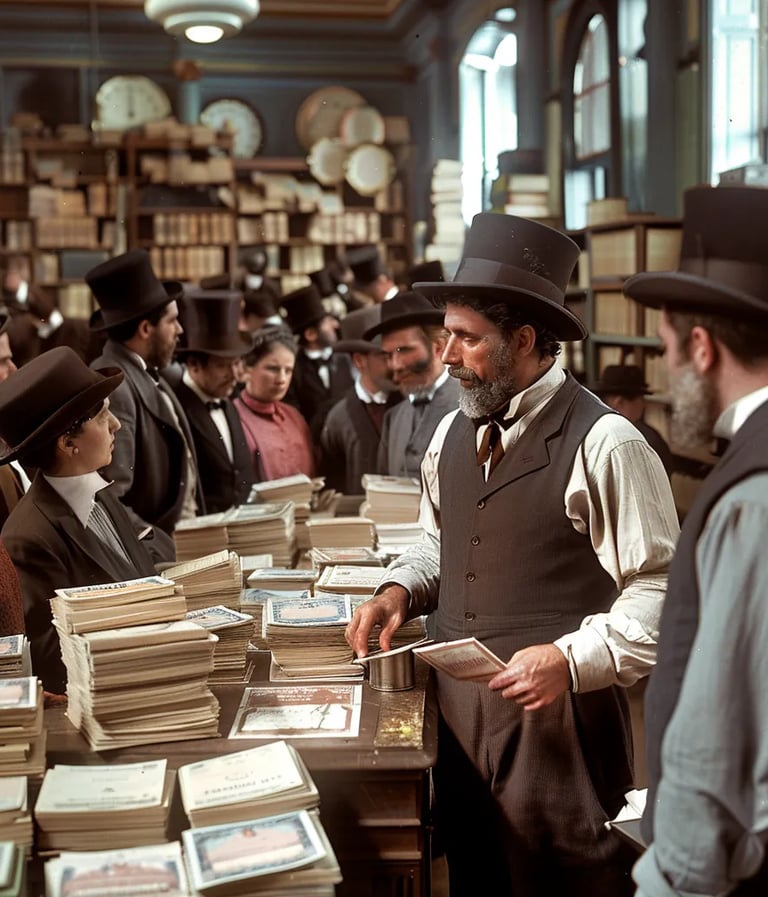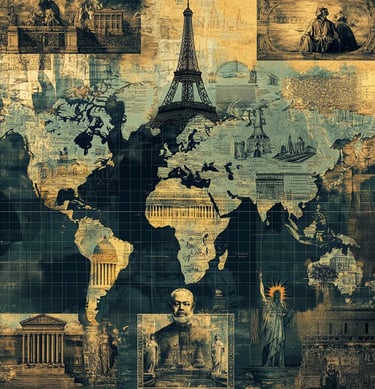On this day, Holy Roman Emperor Charles V issued a decree banning wooden buildings in Amsterdam, demanding that all new structures be built from stone. The decision came in response to devastating fires that had repeatedly ravaged the city. This mandate transformed Amsterdam’s architecture, leading to the iconic brick and stone buildings that define its historic charm today.
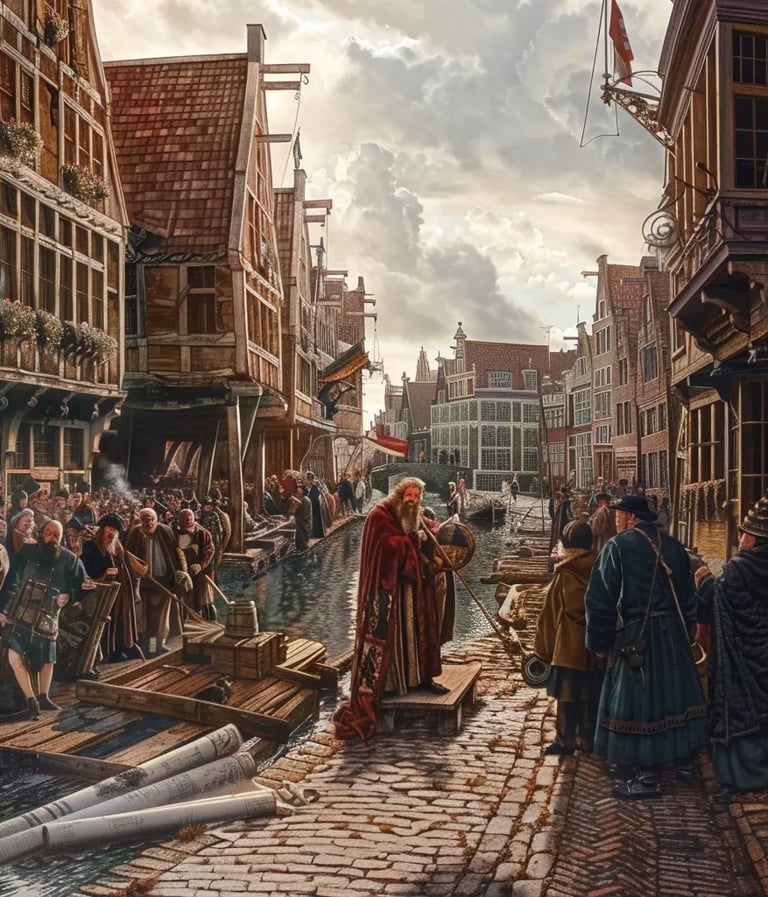

1521 – Fireproofing Amsterdam: Charles V Bans Wooden Buildings


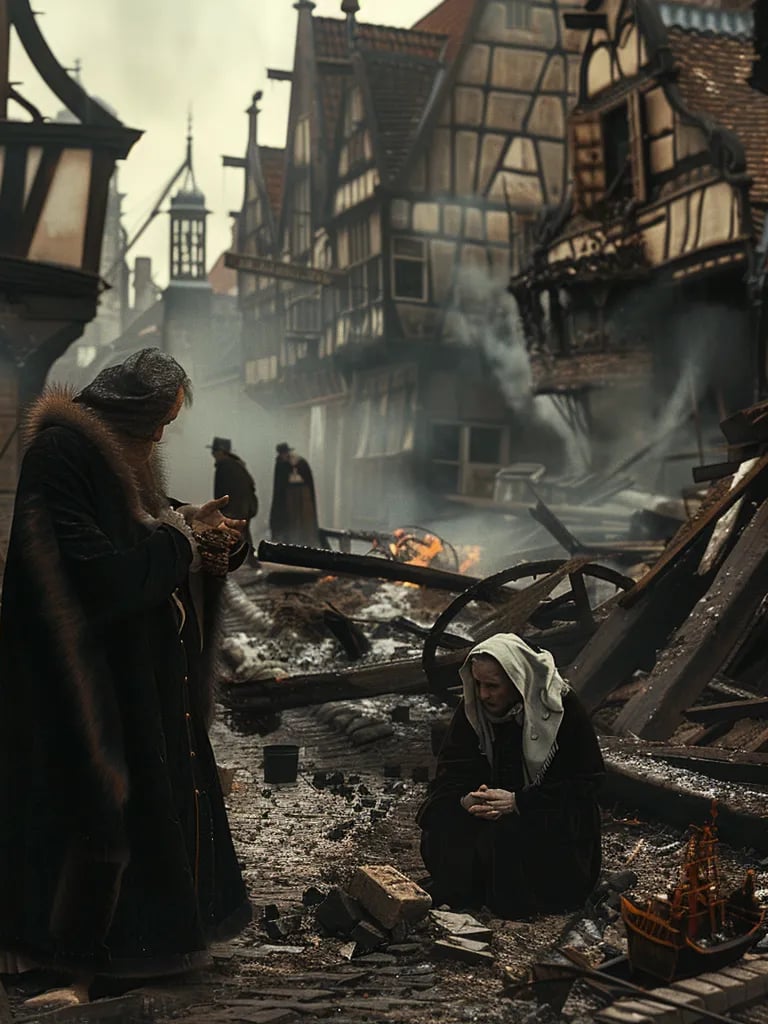

In October 1596, a formidable Spanish fleet departed Lisbon, bound for Ireland. Their mission? To aid Irish rebels fighting against English rule. However, the treacherous journey was plagued by violent storms, scattering the fleet before it could fulfill its objective. This failed expedition was another chapter in the long and complex struggle between Spain and England for dominance in Europe.
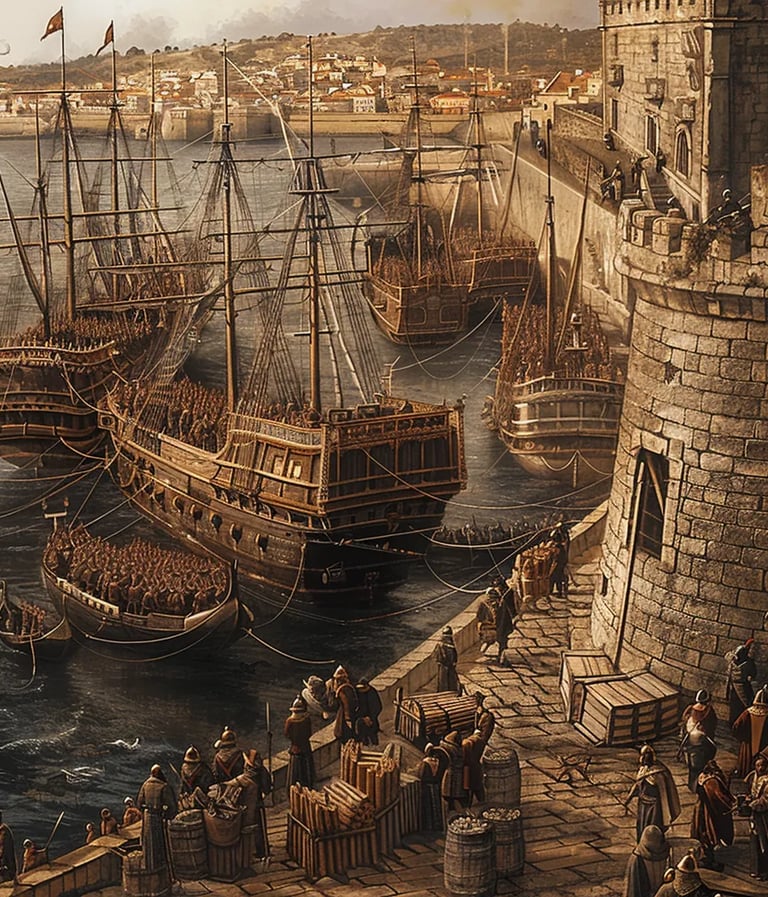

1596 – A High-Stakes Voyage: The Spanish Fleet Sets Sail for Ireland
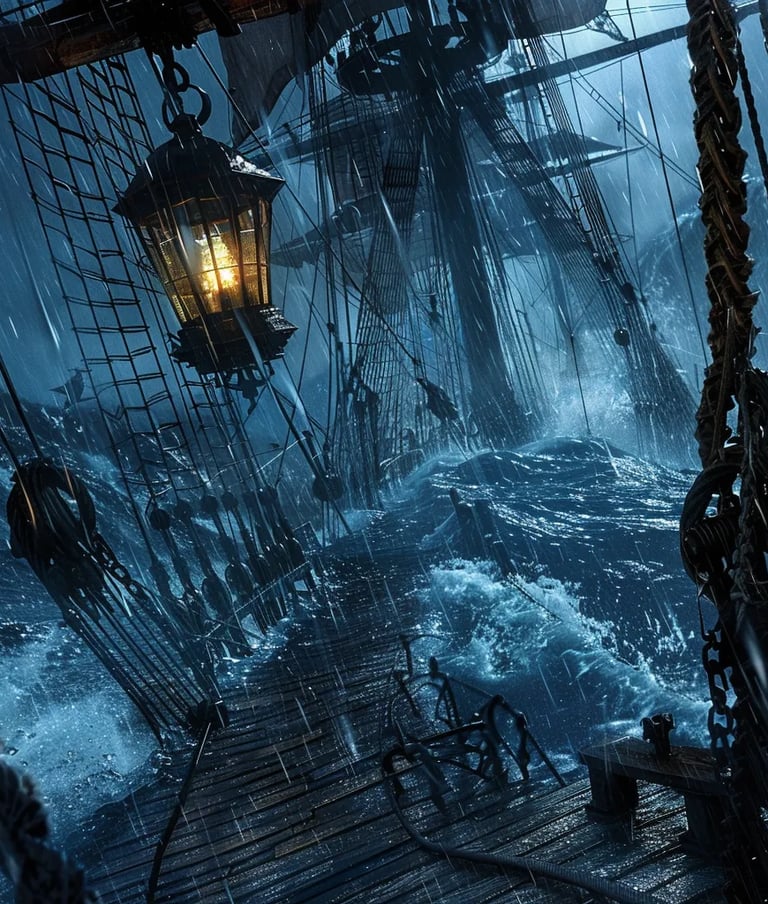

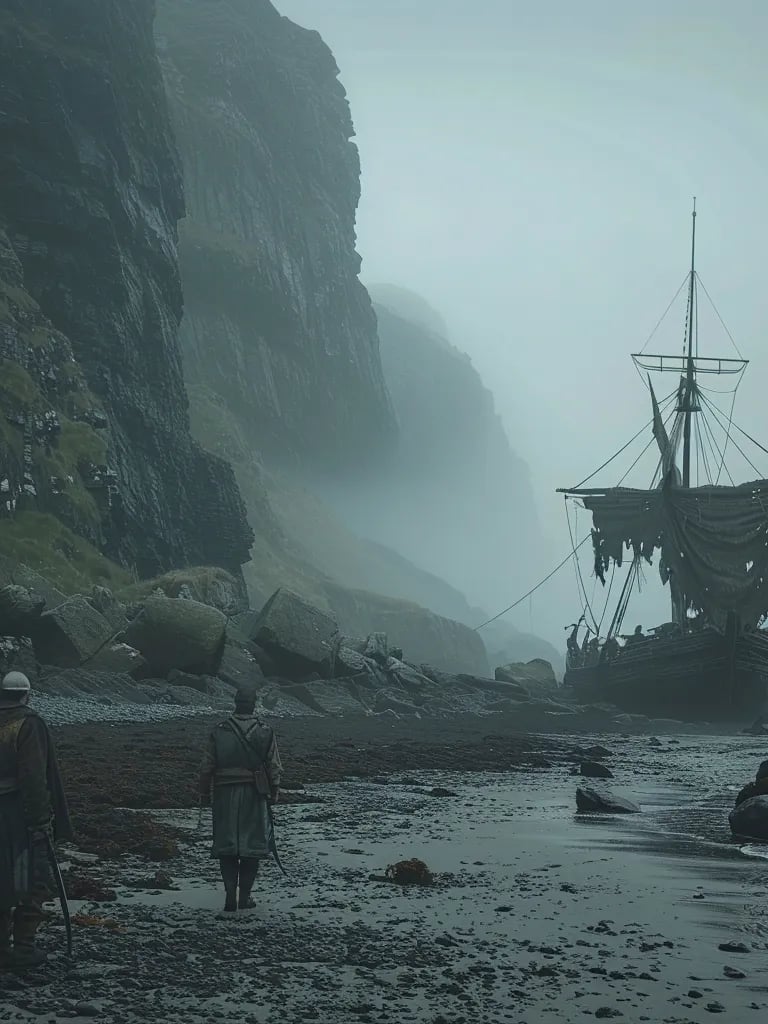

On this day, the Dutch East India Company ship Eendracht, captained by Dirk Hartog, made landfall on an island off the western coast of Australia. This was only the second European vessel to reach the continent. Hartog left behind an inscribed pewter plate, marking the earliest known European artifact in Australia—a relic that would become a historical treasure.


1616 – A Dutch Ship Makes an Accidental Discovery in Australia


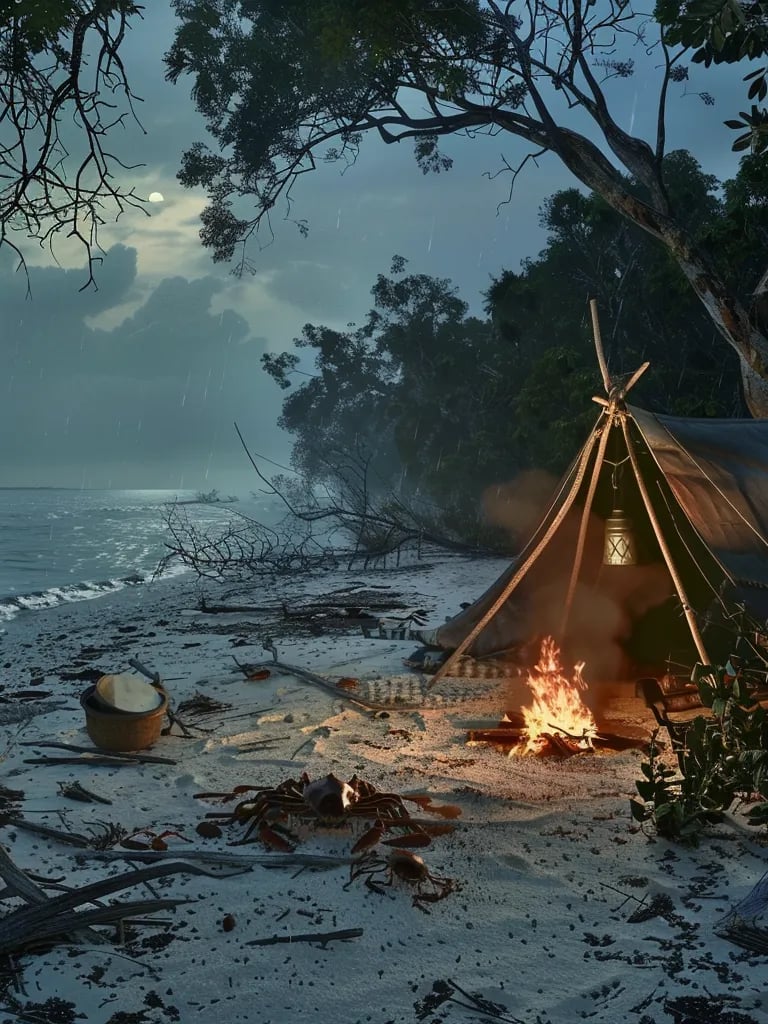

During the War of 1812, the American frigate USS United States, commanded by Stephen Decatur, engaged the British warship HMS Macedonian in a fierce battle. Despite the British vessel’s superior firepower, the United States secured a decisive victory, capturing Macedonian and bringing it back to American waters. This triumph boosted American morale and demonstrated the growing strength of the U.S. Navy.
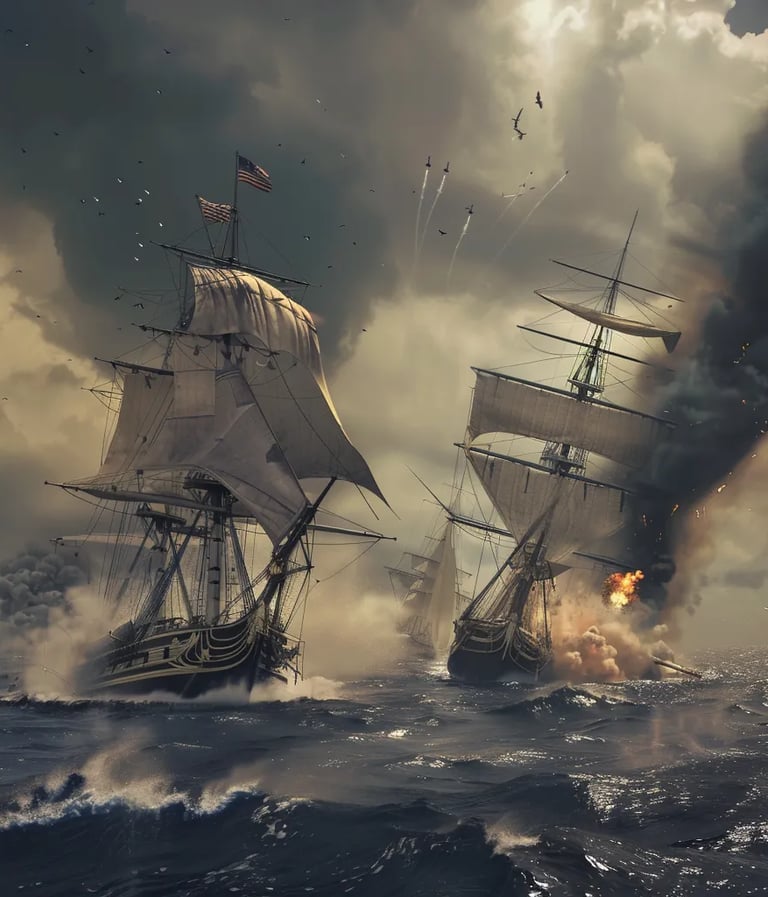

1812 – American Naval Triumph: USS United States Captures HMS Macedonian
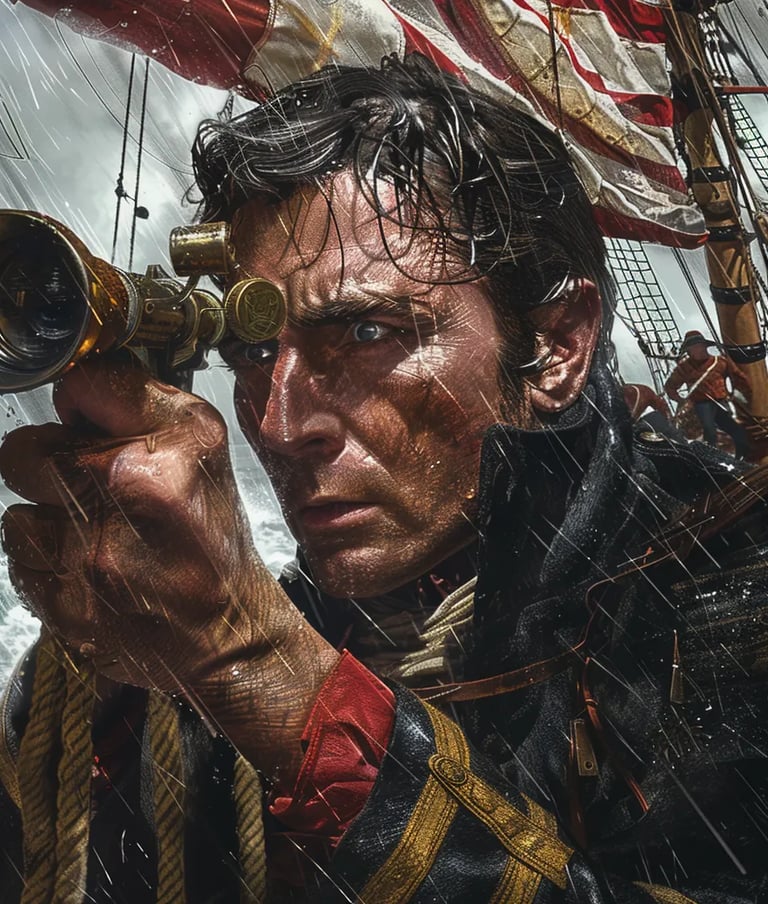

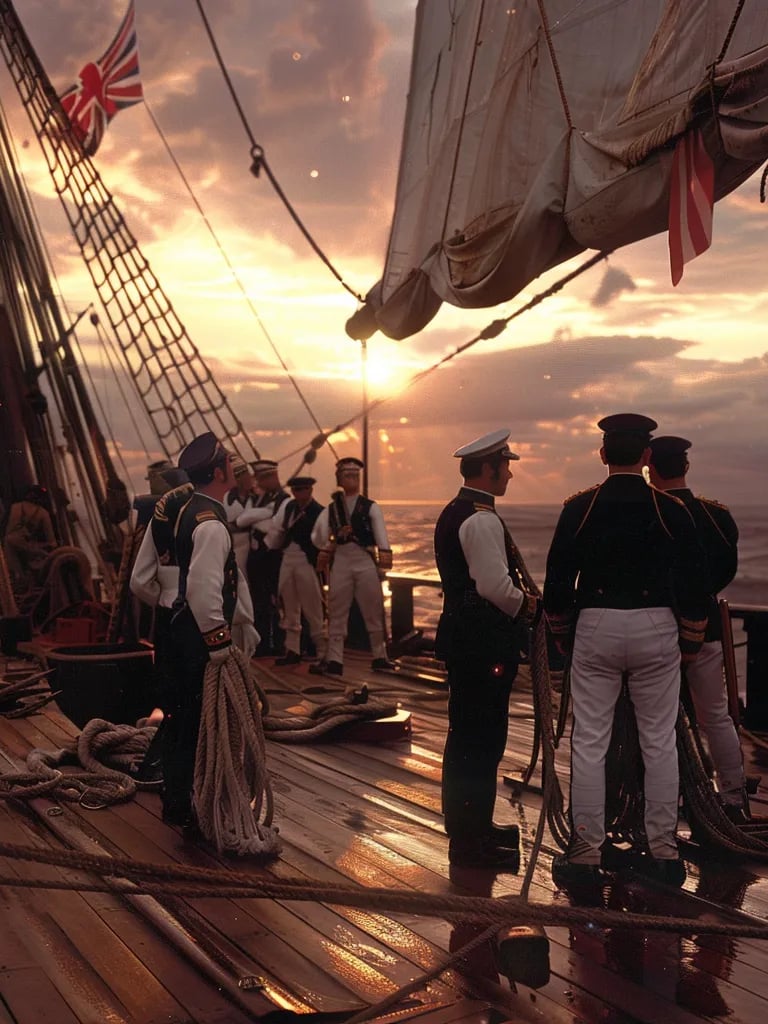

On this day, postcards made their debut in the United States, forever changing the way people communicated. These inexpensive and decorative cards quickly became a popular method for sending quick messages, greetings, and travel souvenirs. Over time, postcards evolved into collectibles, capturing historical moments, scenic landscapes, and artistic designs that continue to be cherished by enthusiasts around the world.
